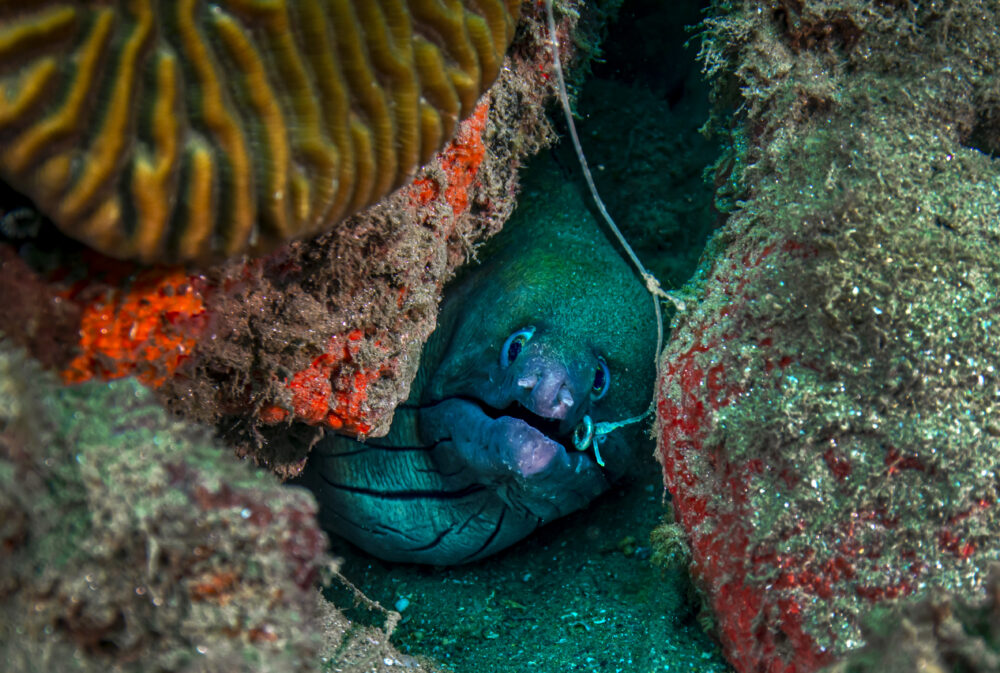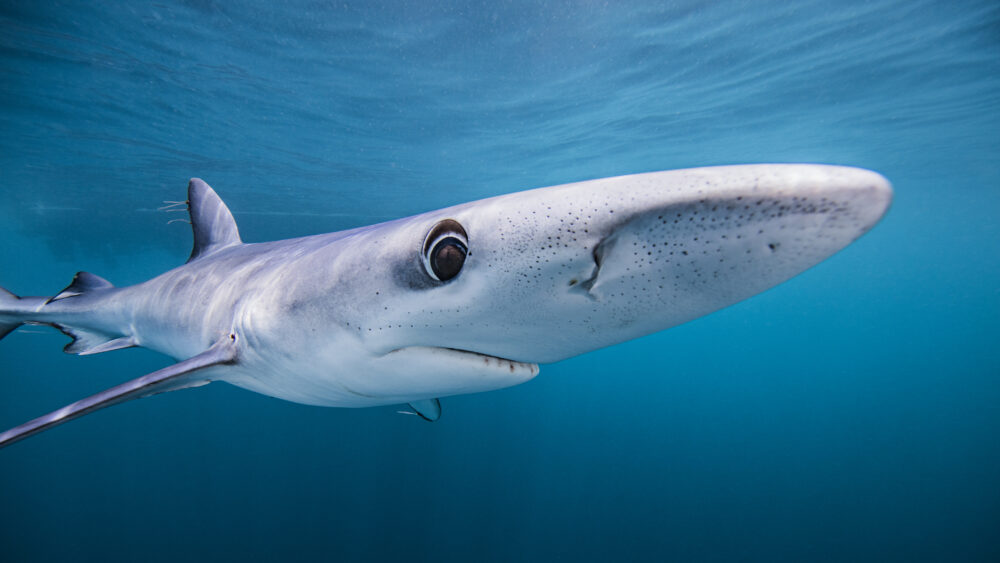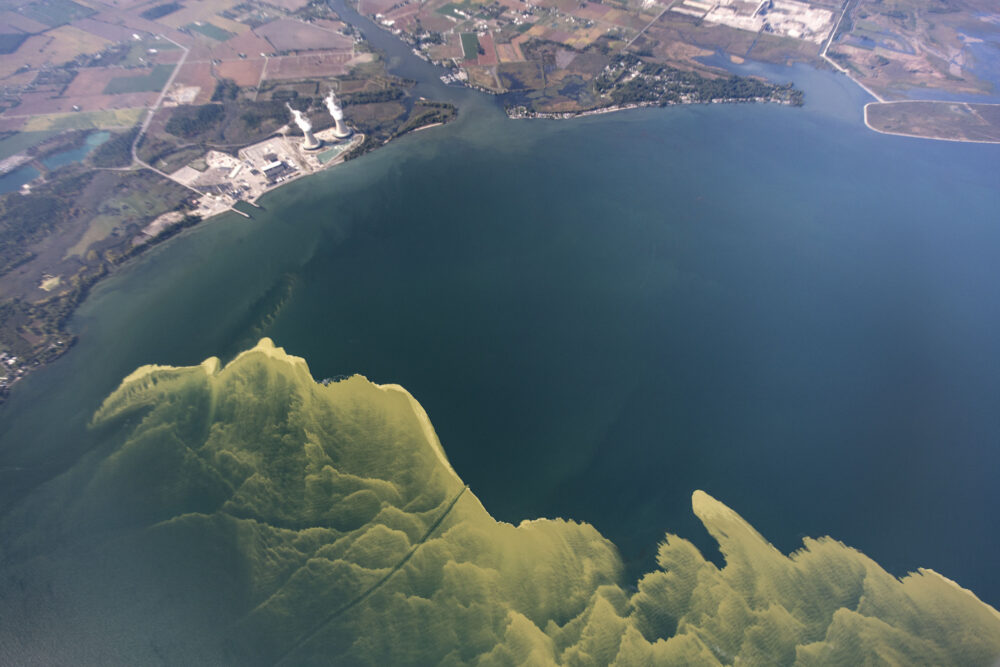We have much more to do and your continued support is needed now more than ever.
Pivotal Moment for Everglades Restoration Twenty Years in the Making
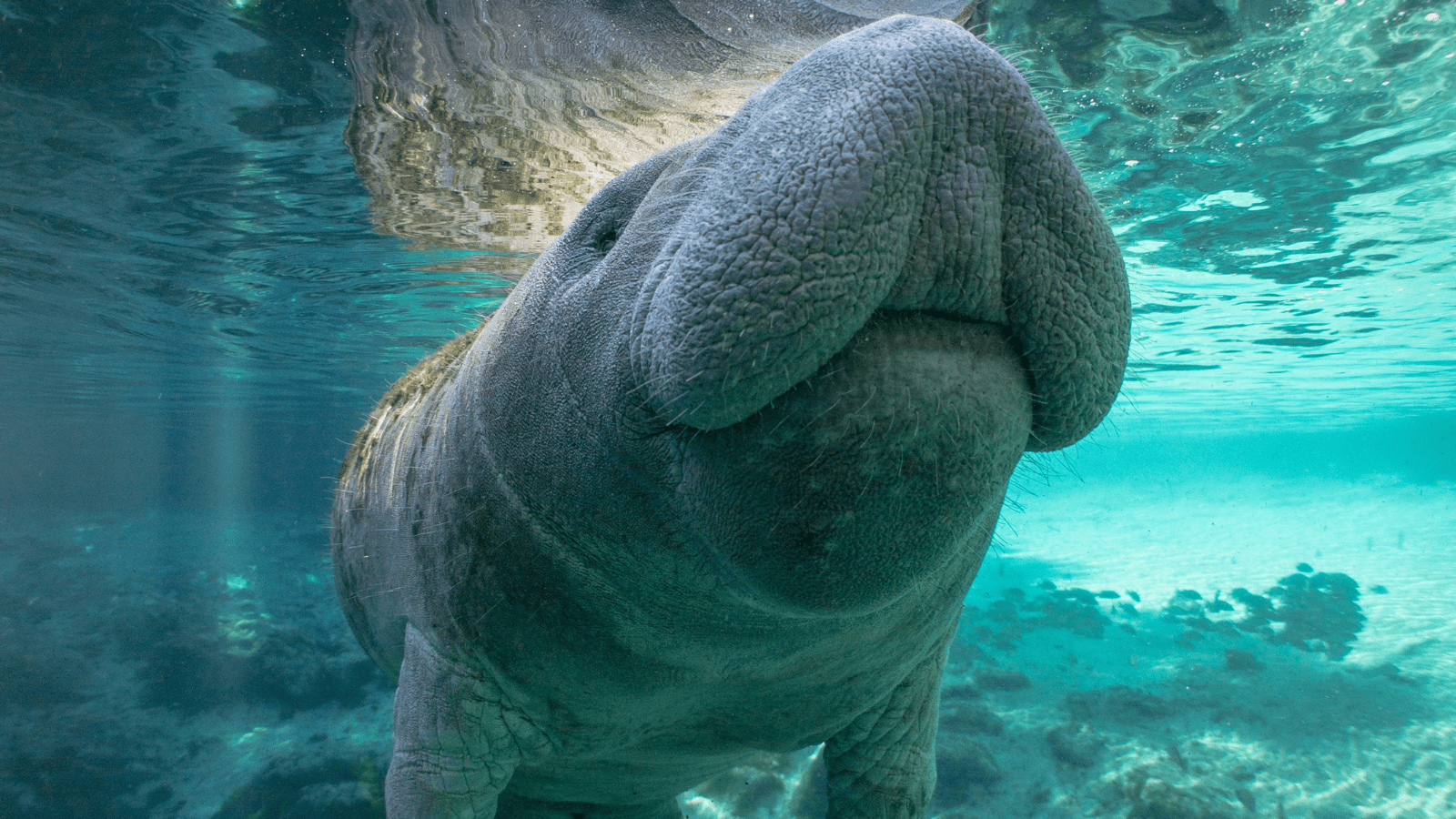
America’s Everglades once covered some three million acres – a shallow “river of grass” slowly flowing from headwaters near Lake Okeechobee in the center of the state all the way south through what is now Everglades National Park and Florida Bay. However, after decades spent draining the Everglades to pave the way for development and agriculture, we’ve reduced this historic ecosystem by more than half, resulting in water woes that plague Florida communities year after year.
Lake Okeechobee’s lifegiving waters are cut off from the historic path through the southern Everglades and Florida Bay. Water managers have no choice but to divert now-polluted water from Lake Okeechobee to the east and west coasts, fueling toxic algae outbreaks in delicate coastal estuaries, with not enough freshwater reaching the southern parts of the ecosystem. This artificial replumbing has upended the balance of water in South Florida, threatening everything from Florida’s drinking water supplies and real estate values to the outdoor economy and wildlife habitat for the Florida panther, black bears, and manatees.

Thankfully, we have a solution twenty years in the making. In 2000, the state of Florida and the federal government embarked on the most ambitious ecosystem restoration project in the country. The bipartisan plan to restore the Everglades involves constructing and maintaining a suite of resilience-building water infrastructure projects designed to remove barriers to water flow and to clean, store, and send water south, mimicking the way water once flowed through the system.
Investing Now Saves Money, Creates Jobs, and Makes Florida More Resilient
After twenty years, Everglades restoration is now at a pivotal moment where a number of the largest projects are ready to cross the finish line over the next four years. This means that the biggest benefits of restoration for Florida’s wildlife and communities are in sight – but only if these projects get built and come online. In order to make this happen on schedule, the federal government must fund the U.S. Army Corps of Engineers’ efforts to restore the Everglades at $725 million annually over the next four years. This investment will keep pace with what the state has already contributed to Everglades restoration, as the state has vastly outpaced federal investments instead of the intended 50-50 partnership.

Similarly, federal funding for Everglades restoration should be on the table as Congress negotiates a large infrastructure package to help jumpstart the economy and combat climate change. According to the government’s own estimates, fully funding the construction of all authorized Everglades projects will create 65,000-70,000 jobs. Investing more federal dollars now will also save American taxpayers over $2 billion on the overall cost of Everglades restoration. If we wait decades longer to complete restoration, it will cost more than $9 billion to fully complete these projects. Everglades restoration also pays for itself – for every dollar invested in restoring the Everglades, four dollars are generated in return, by increasing wildlife watching, fishing, hunting, and outdoor recreation opportunities, improving property values, and safeguarding the region’s drinking water supply.
What Does a Restored Everglades Look Like for Wildlife
We see all too often what happens to Florida’s wildlife and economy when clean water doesn’t flow where it’s supposed to and when. In 2018, toxic blue-green algae and red tide killed wildlife and robbed coastal communities of millions in lost revenue over just a few months. The toxic slime closes beaches and businesses, tourists cancel vacations, fishermen lose their catch, fishing guides lose trips, and property values suffer. Projects like the Everglades Agricultural Area Reservoir will help capture, store, and clean water from Lake Okeechobee, reducing the algae-causing discharges from Lake Okeechobee by more than half.
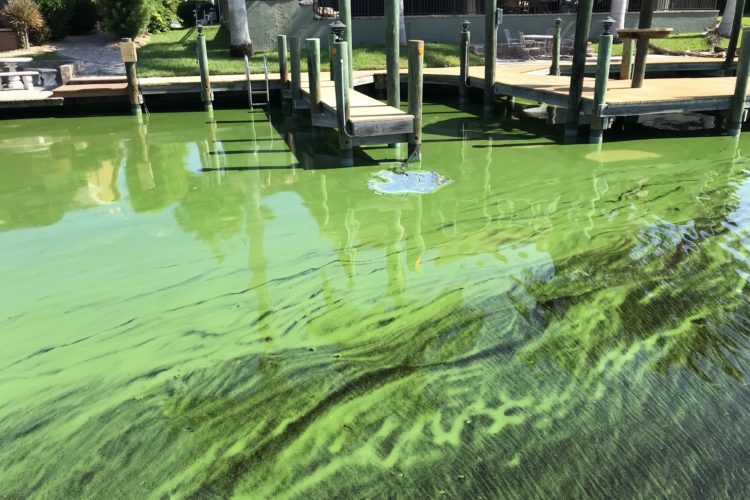
In addition to ensuring the continued health of Florida’s economy, restoring the Everglades is the key to making Florida more resilient in the face of climate change. Last year, South Florida experienced the driest March on record in nearly 90 years, prompting widespread fires across the state. Broward County’s water supply was rationed. Florida Bay didn’t get enough freshwater and was saltier than the ocean for a time, killing sea grasses that manatees and other wildlife rely on for food and shelter. The threatened wood stork waited too long to start nesting. Projects that make up the Central Everglades Plan aim to reconnect the system in a way that sends water from Lake Okeechobee south to help increase the resiliency of coastal wetlands and estuaries against the effects of storm surge and saltwater intrusion, protecting the drinking water of millions of Floridians.

The good news is we know how Everglades restoration can help wildlife. In 2017, Florida was hammered with the wettest rainy season on record, recreating historic water conditions in the Everglades. These ideal conditions brought on the strongest nesting season in more than 80 years for wading birds, showing us what restoring America’s Everglades could mean for white ibises, great egrets, wood storks, blue herons, and other wading birds.
Take Action
Investing in restoring America’s Everglades will protect this one of a kind place for generations to come. It means safeguarding the drinking water for nine million Floridians, protecting communities from impacts of climate change, creating thousands of jobs, and restoring a national treasure that draws millions of anglers, kayakers, hikers, and wildlife-watchers year after year. It makes sense that this is a uniquely bipartisan issue, uniting the entire Florida Congressional Delegation.
Right now, we have a major opportunity to move critical Everglades restoration projects across the finish line and begin to see the immense benefits of getting the water right for wildlife and communities alike. Tell your member of Congress to support fully funding all currently authorized projects on the Army Corps of Engineers’ Integrated Delivery Schedule and restore America’s Everglades.
Help wildlife like manatees by supporting NWF’s regional programs.




